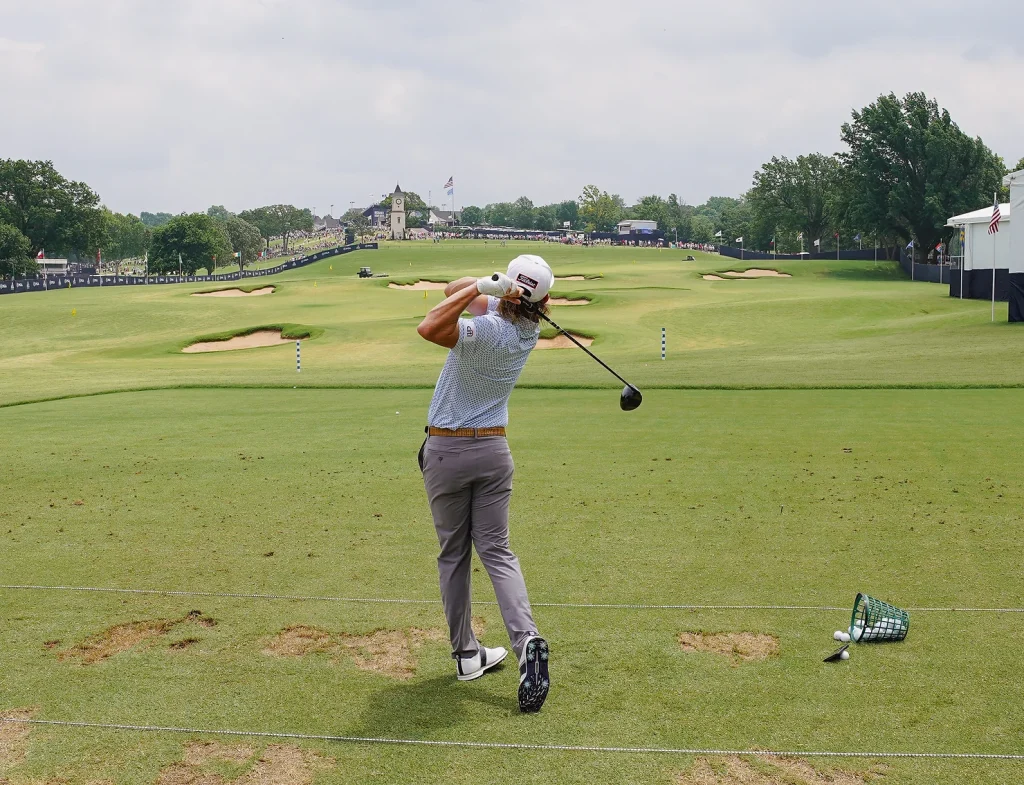
I was watching a fascinating video on YouTube the other day with former Masters champion, Adam Scott. In the video, Scott and his coach Brad Malone were discussing how Scotty has a tendency to develop a strong grip after several tournaments in a row, or if he hasn’t seen Malone in a while. When he eventually has a session with Malone, the pair will weaken Scott’s left hand on the club and return it to a more neutral position. Changing the grip is wildly uncomfortable for any golfer, and Scott said he had done that during tournaments when it felt like he wouldn’t even make contact with the ball. He said he’d shot low scores feeling completely uncomfortable. It was a fascinating insight into how “feels” in professional golf can be so misleading.
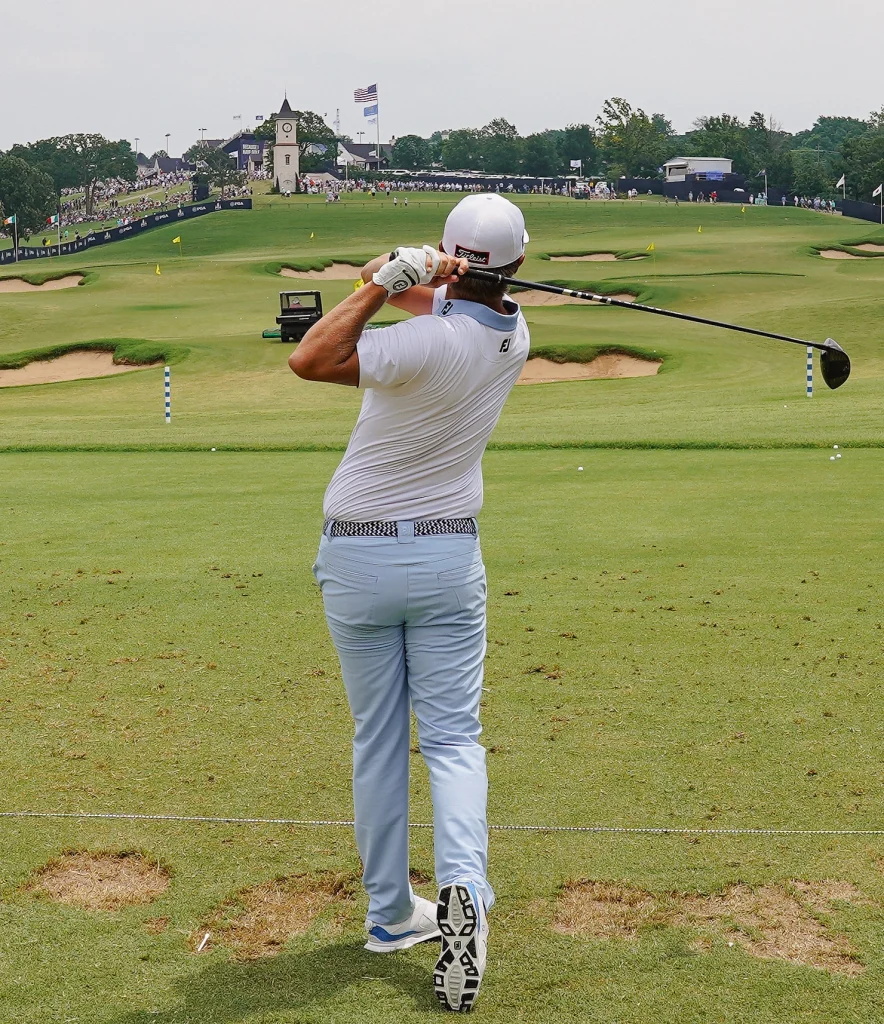
The Scott video related to swing technique and obviously that’s not my area of expertise, but the same concept is relevant to a golfer’s physiological feels. Physiological feels can change day-to-day or hour-to-hour, depending on how much sleep a golfer has had, or how well they’ve trained and recovered, or whether they’ve eaten well.
Plenty of factors can influence a golfer’s physiological feels, and if they are slightly off, an athlete will tell me they don’t feel 100 percent. But it doesn’t mean that golfer isn’t going to perform well on and I’m making an effort to educate my athletes that even when their feels are off, their body can still move and perform close to how it was the day before or at the start of the week.
An important part of this is using data to support the argument. I like to use metrics from either Oura or Whoop, such as heart rate variability, to show the athlete what their body is actually doing. Heart rate variability, or HRV, is one metric. It’s a measure of our autonomic nervous system by monitoring the variance in time between the beats of a heart. Whatever your heart rate per minute is, it will never be completely evenly spaced out. For example, 60 beats per minute doesn’t exactly translate to one heart beat per second. There will be shorter and longer gaps between beats throughout the minute, and the more variability in those gaps, the more ready your body is to perform. If an athlete’s HRV is good, then their body is likely ready to perform for 18 holes at a high level, even if they feel sluggish.
In addition to utilising wearables, I also have my athletes perform countermovement jumps on my force plate. This helps provide me with physiological output metrics in strength, power, and speed. Ill monitor the bodies physiological readiness this way with indicators that show me the athlete’s body is moving exactly how it needs to.
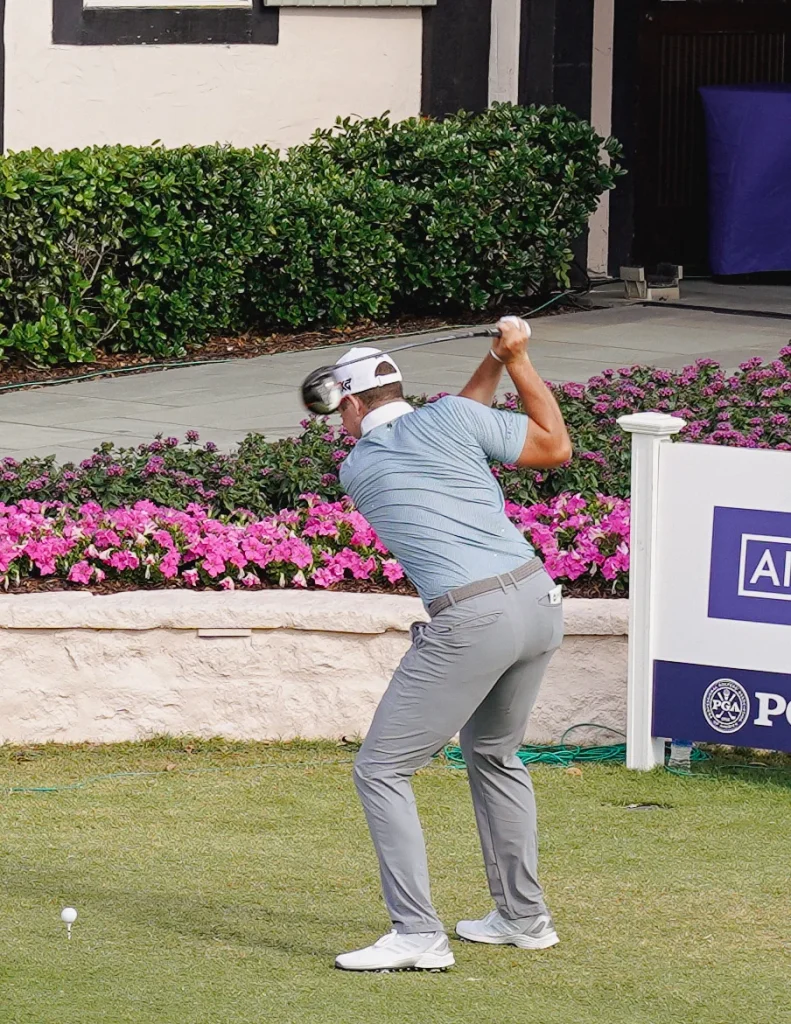
If an athlete can perform when their feels are off, and they are aware they can, that can inspire confidence in itself. Because that means they can trust the work they are doing in practice and training and can produce a worthy performance. That can be more reliable than just feels. It’s also believing in something tangible.
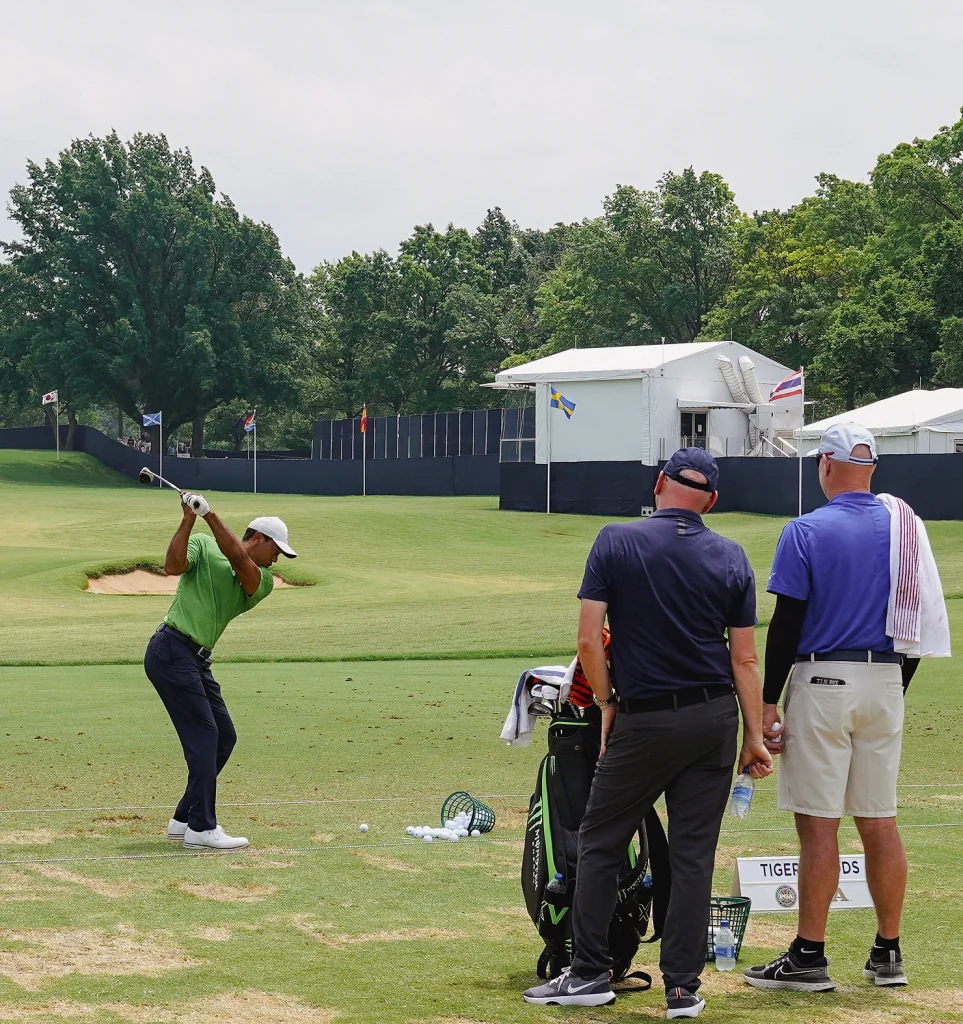
There is nothing wrong with using feels, when feels are good they can breed confidence for a golfer. Athletes on the PGA Tour are incredibly gifted at managing feels to produce a similar score, four days in a row. But when feels are off, what do you do then? Putting all your eggs in the basket of feels is unreliable because feels are a rollercoaster that will hit highs and lows from Monday to Sunday during a tournament week.
The best preparation for a PGA Tour athlete is to listen to feels and what they may be indicating, but believing more in the physical preparation they have put in is what is going to count the most.
Cheers, Nic Catterall
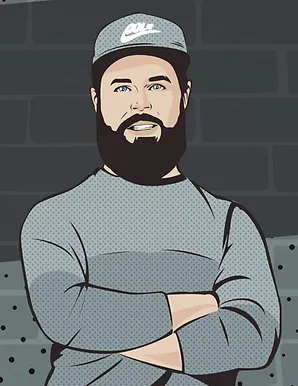
About Nic Catterall/Peak Power Golf
Nic Catterall is an Australian high-performance coach, specializing in strength and conditioning, musculoskeletal therapy and sports science, for professional golfers on the PGA Tour in the U.S.A. Nic works with Cam Smith, Luke List, Matt Jones, Dylan Frittelli and Hank Lebioda. Nic created the Peak Power Golf company to educate about the athleticism of golfers and what they are capable of. Peak Power Golf provides online training, athlete mentoring and athlete assessments.
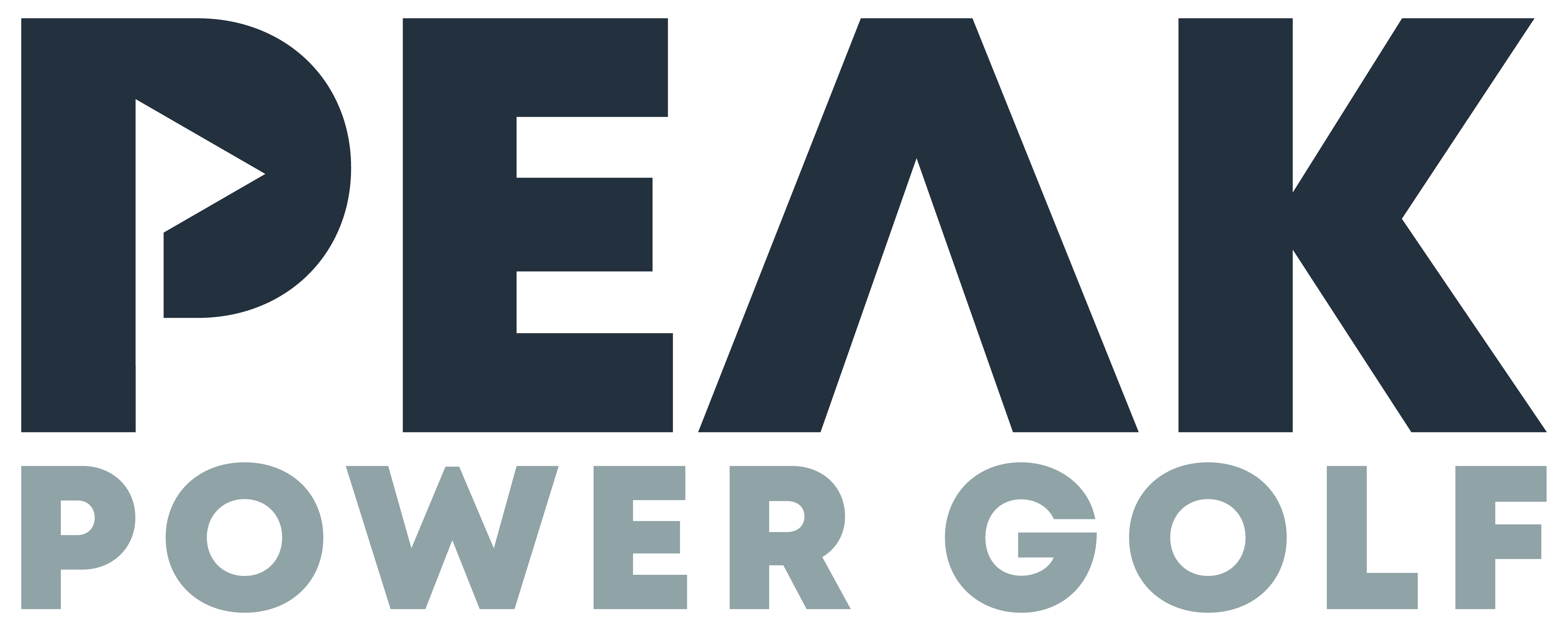
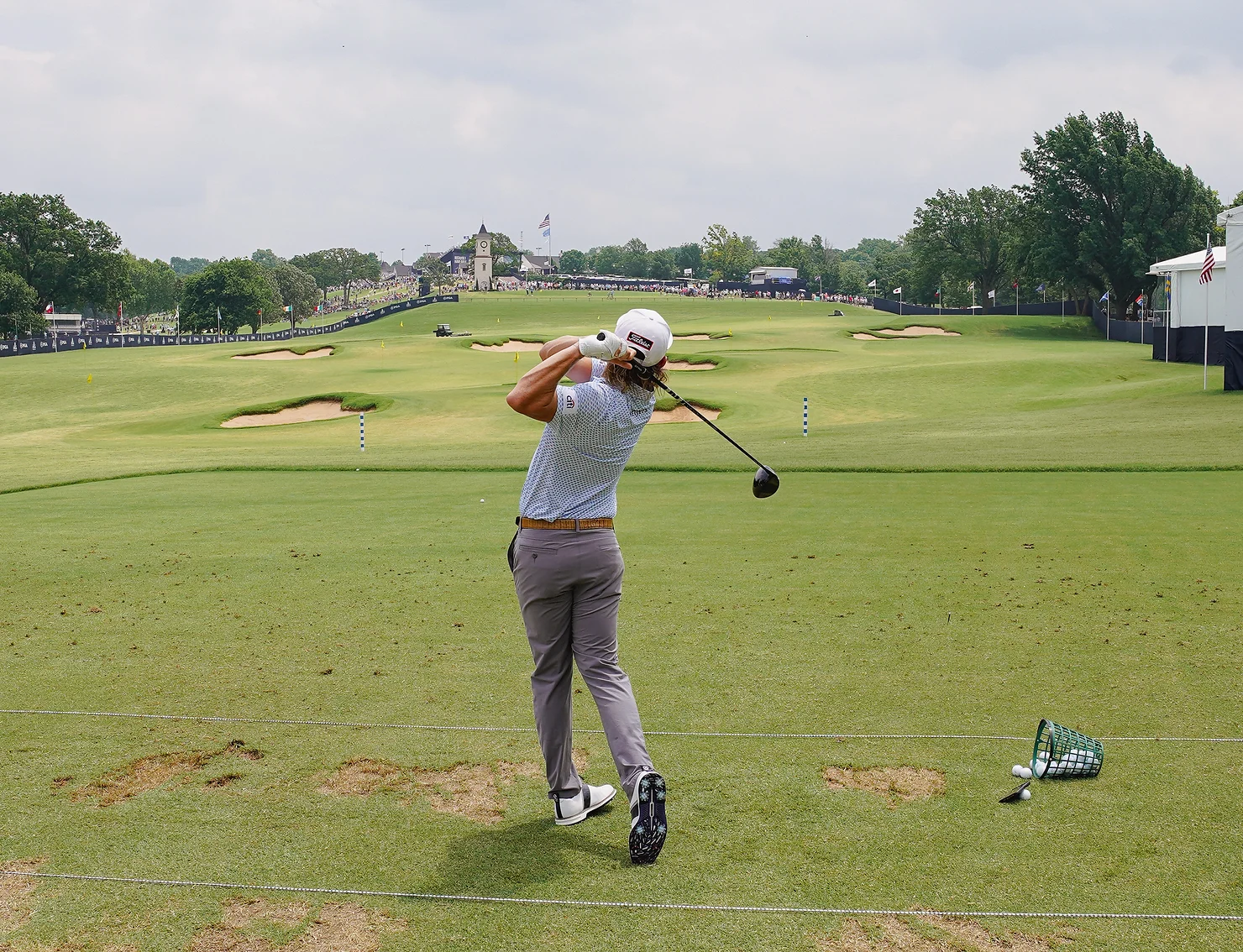
Leave a Reply